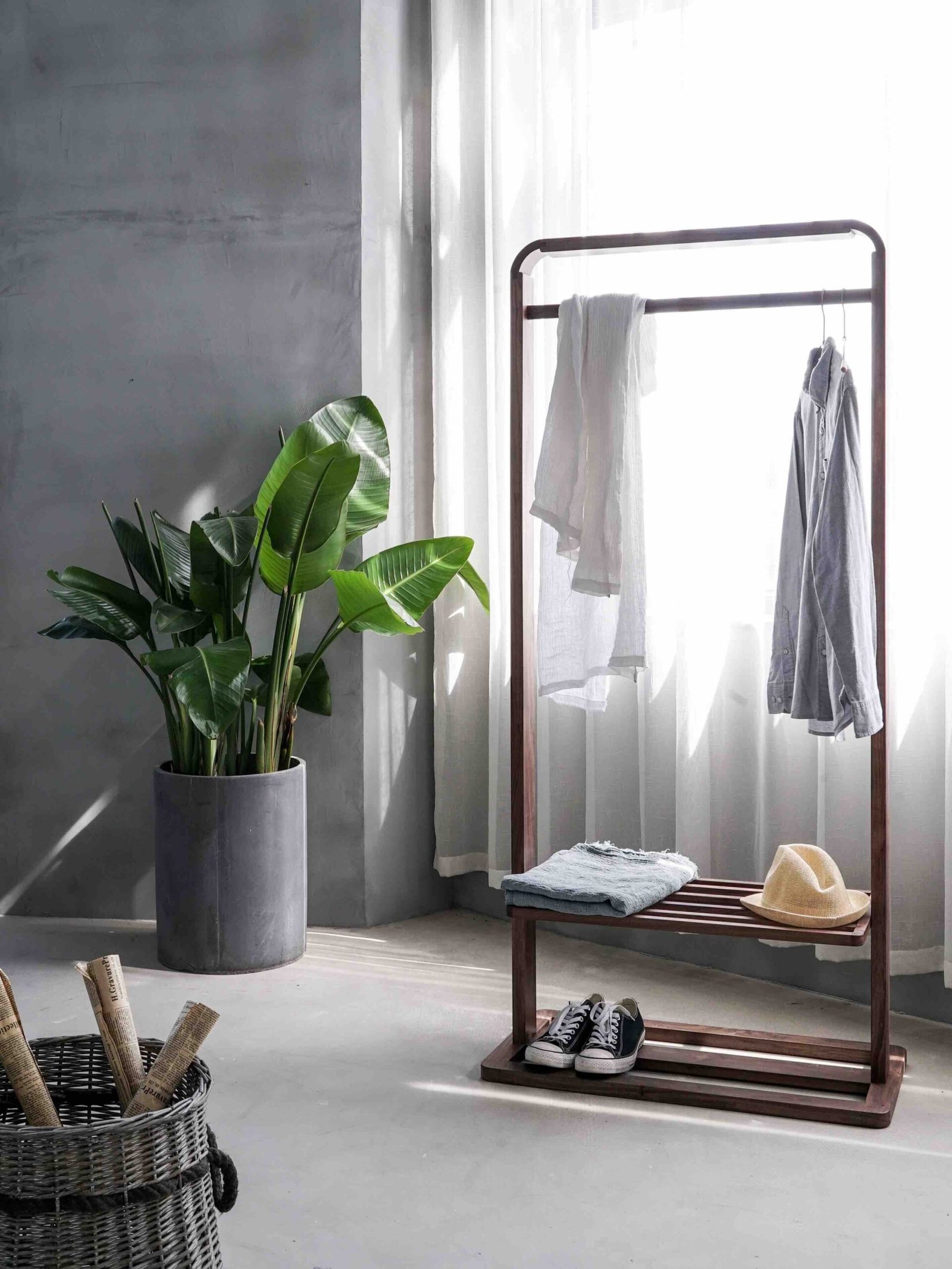Section 1: Importance of Proper Indoor Plant Care in the Fall
As the fall season rolls in, it’s essential to adjust our plant care routines accordingly. While the outdoors may undergo a transformation with changing temperatures and weather conditions, it’s equally important to adapt our indoor plant care practices to ensure our beloved green friends thrive. One crucial aspect of fall indoor plant care is proper watering.
Watering your plants correctly in the fall can make a significant difference in their overall health and growth. It helps maintain the right moisture levels and prevents common issues such as root rot or under/overwatering. By following a few simple guidelines, you can keep your indoor plants happy and vibrant throughout the fall season.
Section 2: Best Practices for Watering Indoor Plants in the Fall
1. Assess Watering Needs: The first step is to understand your specific plant’s watering requirements. Some plants, like succulents or cacti, prefer drier soil, while others, such as ferns or tropical plants, thrive in more moisture. Research the specific needs of your plants and group them accordingly for easier watering.
2. Check Soil Moisture: Use your finger or a moisture meter to gauge the moisture levels in the soil. Stick your finger about an inch deep into the soil; if it feels dry, it’s time to water. If it feels moist, hold off for a few more days.
3. Water Deeply and Thoroughly: When watering your indoor plants, ensure you do so deeply and thoroughly. This means watering until you see water coming out of the drainage holes. This helps flush out any accumulated salts or mineral deposits and ensures the roots receive sufficient hydration.
Section 3: Additional Tips for Fall Indoor Plant Care
1. Adjust Watering Frequency: As the days grow shorter and temperatures drop during the fall season, you may need to adjust your watering frequency. Plants generally require less water during this time, so be mindful not to overwater.
2. Monitor Humidity Levels: The fall season can bring dry indoor air due to heating systems being turned on. Keep an eye on the humidity levels in your home and use a humidifier or place a tray of water near your plants to create a more suitable environment for them.
3. Be Mindful of Temperature Changes: Remember that temperature fluctuations can impact your plants’ water needs. Cooler temperatures can slow down plant growth and reduce water loss through evaporation. Adjust your watering schedule accordingly to avoid overwatering.
By following these best practices and being attentive to your plants’ needs, you can ensure a successful fall season of indoor plant care. Remember, each plant is unique, so take the time to understand their individual watering requirements. With the right care, your plants will thrive and bring a refreshing touch of nature to your indoor space throughout the fall.

